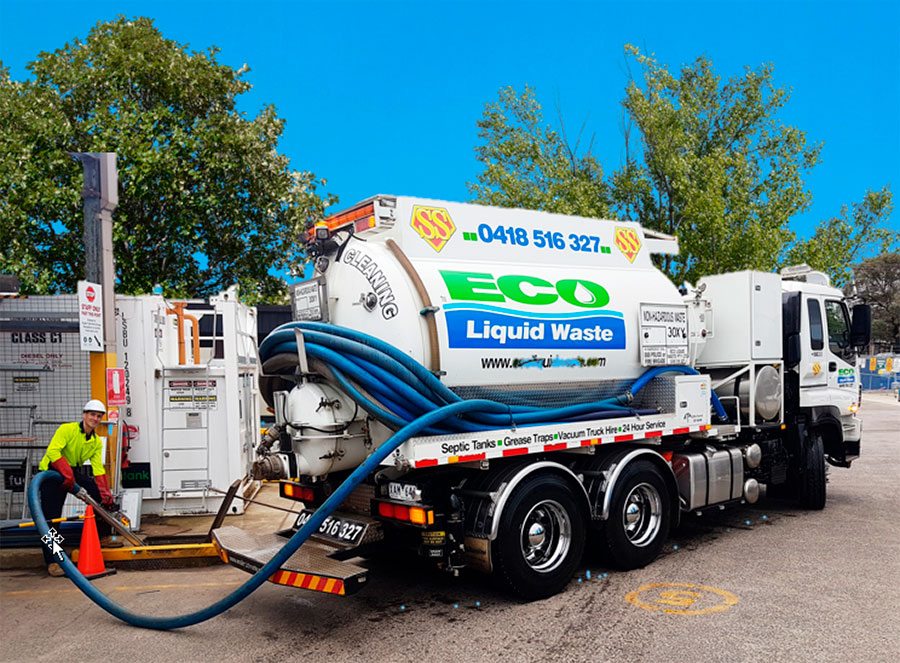What Does Reclaim Waste Do?
What Does Reclaim Waste Do?
Blog Article
Some Known Incorrect Statements About Reclaim Waste
Table of ContentsEverything about Reclaim WasteA Biased View of Reclaim WasteThe Ultimate Guide To Reclaim WasteThe Single Strategy To Use For Reclaim WasteThe 6-Minute Rule for Reclaim Waste
Explore the types, occurrences, and kinds of liquid waste. Domestic sewer waste describes the waste and products from a household septic system. This kind of waste is developed by people in homes, institutions, and various other buildings. This only includes sewage-disposal tanks that have a drain area. The appropriate monitoring and disposal of domestic sewage waste call for liquid waste to be moved to a sewage therapy plant where the proper techniques and devices are related to purify and take care of waste.
Business waste commonly consists of possible risks, such as combustible materials or a mix of liquid and strong waste items, and needs an advanced and thorough disposal procedure. The disposal of commercial waste commonly involves the filtering of waste prior to transport to make sure safe and correct disposal. Hazardous waste is created from by-products and runoff of industrial procedures and production.
This sort of waste can not make use of the very same sewage monitoring transport or processes as septic or business liquids. The industrial waste monitoring process requires the examination and screening of fluid waste prior to it goes through the disposal process (liquid waste removal). Overflow waste is the liquid waste that comes from overflow and excess stormwater in very inhabited areas or cities
Drainage waste can create contamination and flooding if not managed correctly. Guaranteeing appropriate waste administration can protect against disasters and minimize ecological damage.
How Reclaim Waste can Save You Time, Stress, and Money.
Contact PROS Providers today to discover our waste administration and disposal services and the appropriate methods to take care of the fluid waste you create.
(https://www.slideshare.net/leonaube33101)This supposed 'wastewater' is not only a vital resource but, after therapy, will be released to our land, rivers or the sea. Used water from commodes, showers, baths, cooking area sinks, washings and commercial processes is understood as wastewater.

water made use of to cool machinery or tidy plant and tools). Stormwater, a type of wastewater, is overflow that moves from agricultural and city locations such as roofs, parks, yards, roads, courses and seamless gutters into stormwater drains, after rainfall. Stormwater moves without treatment directly to local creeks or rivers, eventually getting to the ocean.
The Greatest Guide To Reclaim Waste
In Queensland, many informative post wastewater is treated at sewer treatment plants. Wastewater is carried from residential or commercial sites with a system of sewers and pump terminals, called sewerage reticulation, to a sewage treatment plant. Local federal governments build, keep and operate most sewer therapy plants. Operators are accredited under the Environmental Defense Act 1994 to release treated wastewater at an appropriate ecological requirement right into rivers.
The Department of Natural Resources encourages local governments regarding handling, operating and preserving sewage systems and treatment plants. In unsewered areas, local governments may call for homeowners to set up specific or house sewer therapy systems to deal with residential wastewater from bathrooms, cooking areas, shower rooms and washings. The Department of Natural Resources authorizes the usage of home systems when they are confirmed to be effective.
Many stormwater obtains no therapy. In some brand-new subdivisions, therapy of some stormwater to remove trash, sand and crushed rock has actually begun using gross pollutant traps. Wastewater therapy occurs in four stages: Gets rid of solid matter. Bigger solids, such as plastics and various other things mistakenly released to sewers, are gotten rid of when wastewater is gone through screens.
Wastewater after that streams into large tanks where solids clear up and are gotten rid of as sludge. Grease and scum are skimmed from the surface. Uses tiny living microorganisms referred to as micro-organisms to damage down and eliminate continuing to be dissolved wastes and fine fragments. Micro-organisms and wastes are included in the sludge. Removes nitrogen and phosphorus nutrients that could trigger algal blossoms in our rivers and endanger aquatic life.
The Definitive Guide to Reclaim Waste
Nutrient removal is not offered at all sewage therapy plants because it needs costly specialised equipment. Clear fluid effluent generated after treatment might still contain disease-causing micro-organisms - liquid waste removal.

This generally implies wastewater needs to be treated or impurities eliminated before it can be released to waterways. Most wastewater streams right into the sewerage system. Under the Act, neighborhood federal governments carry out authorizations and licences for eco pertinent tasks (ERAs) including wastewater launches that could have a local effect. The division carries out approvals and permits to ERAs including wastewater releases that may have a local or statewide influence.
Reclaim Waste for Beginners
Surveillance supplies valid details concerning water quality and can confirm that licence conditions are being fulfilled. The details gotten through tracking offers the basis for making water high quality choices.
Report this page